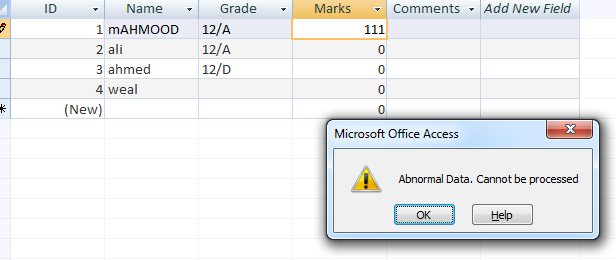Central heating system on UK
In first of October is "central heating day", when many people switch on their radiators for the winter. Central heating is just another mod-con of contemporary living, but it's done much more than warm us up.
Up and down the country, radiators clank their way back to life after a summer of hibernation.

A radiator - a rare sight in 1970
|
With energy bills soaring in recent years, and more people aware of energy consumption, many make it a point of principle that their heating stays off until the start of October, which means any nippy late September mornings just have to be endured.
But given how mild the autumn has been so far, others may wait a couple more weeks before the big switch-on.
Only a small fraction of UK homes are without central heating today. In the last comprehensive survey, in 2004, it was 7% of households, and that has probably dropped further since.
Far from being a modern invention, there were forms of central heating systems in ancient Greece, and later the Romans perfected what were called hypocausts to heat public baths and private houses.
In late Victorian Britain, well-to-do houses had a form of central heating. Cragside in Northumberland, the family home of engineer Lord Armstrong, was a famous example, with ducts built into the floors to carry warm air around the building.
But it was a long time before central heating became widespread and affordable, and fired by a gas boiler.
Luxury!
In 1970, Martyn Jarvis, 55, was a gas fitter, installing central heating systems in the Slough area.

Victorian house builders kept rooms small for warmth
|
"Central heating was just taking off then and there was a sense of excitement. It was like getting the first colour television - 'Ooooh, I've got central heating!'
"Unless you were really well off, you didn't have any radiators. There was an awful lot of solid fuel around then, an open fire in the living room normally, which heated the water as well.
"Other houses just had a three-bar electric fire, so you needed plenty of blankets at night. I remember the 1963 winter was particularly horrendous."
Reference:
http://news.bbc.co.uk.









